The cello is without a doubt one of the most beautiful sounding instruments out there. It’s very popular in modern music but holds a fascinating, long history. If you are interested in learning the cello or are just curious about it, read on to learn these interesting facts.
1. The word cello originally meant “little large viola”
The word cello comes from the Violoncello. An Italian word that really means “little large viola.” The plural word for cello is celli or cellos.
2. The cello dates from the 1500s
It’s the second largest instrument in the string family. It’s origin date from the 1500s and up until the end of the 17th century, the violoncello was the lowest-sounding instrument of the viol family. However, this group of instruments ran out of fashion and were replaced by the violin family, a group of much larger sounding instruments. In this family, the cello became the second lowest instrument.
3. Cello strings were originally made from sheep and goat gut
The strings of the cello were originally made with sheep and goat gut. This is no longer the case, and now cello strings are made from metallic material.
4. The cello is tuned in fifths
The cello is tuned in fifths. The one strings are – starting from the lowest one – C G D A. It is tuned at the same intervals as the viola, but one octave lower.
5. The oldest known cello in existence today dates from the mid-1500s
The King: created by Andrea Amati, it’s one of the oldest known cellos. It was built between 1538 and 1560. It is currently in the National Music Museum in South Dakota.
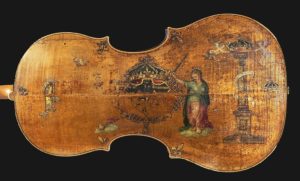
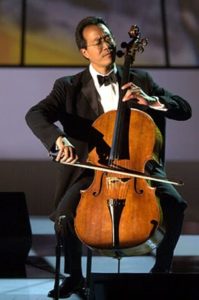
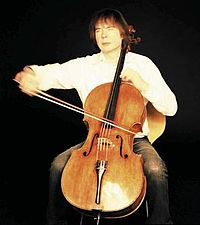
6. The endpin wasn’t added until the 19th century
The endpin of the cello is one of its most recent innovations. It arrived at the end of the 19th century. Before that, cellists had to hold the instrument with their legs. It was widely accepted after popular cellist F.A. Servais started using it.
7. Until the 18th century, the cello had limited solo repertoire
Before the 18th, the cello was used mostly as the basso continuo, hardly ever as a solo instrument. However, the cello started gaining popularity because of it’s versatile and beautiful sound. Some of the most famous and important cello pieces are Bach’s solo suites, Elgar’s cello concerto in E minor, Dvorak’s cello concerto in b minor, Tchaikovsky’s Variation on a Rococo Theme, and Richard Strauss’ tone poem Don Quixote, just to name a few. During the 20th century, the cello repertoire grew rapidly thanks to cellist Mstislav Rostropovich, who commissioned and premiered over 100 works.
8. There have been many famous cellists throughout history
The list can be long, but these names will definitely appear on any list of most famous cellists:
Pablo Casals: Known as the father of the modern technique. He was a Spanish cellist from Catalunya who is especially known for bringing back the Cello Suites to life after many years in the dark. Because of him, this special work by Bach is one of the most famous works known for the cello and a point of reference for all cellists.
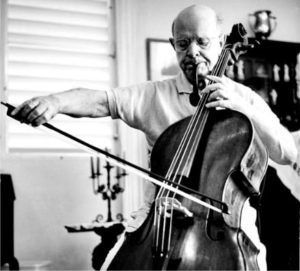

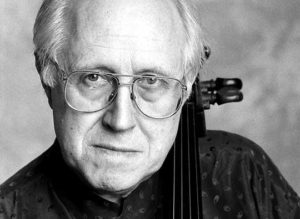
9. The cello is said to be the closest sounding instrument to the human voice
The cello has long been thought to be the perfect companion to the human voice. It has a wide range and cellists can find music in 3 different clefs: Treble Clef, Bass Clef, and Alto Clef. This allows for more comfortable reading, depending on where in the fingerboard you are playing.
10. The cello has expanded outside of classical music into modern rock, pop, and jazz
The cello is one of the few classical instruments that has transitioned over to a more modern sound. It is very popular in Rock, Pop, and Jazz music. Some of the big names out there are Apocalyptica, 2 Cellos, Piano Guys, and Jazz-Cello among others.
Can you think of any more facts about the cello? Comment below!
Table of Contents


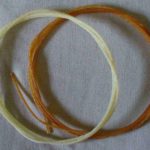
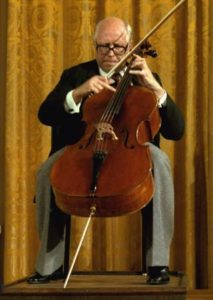
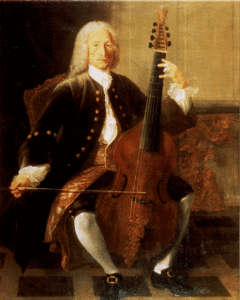
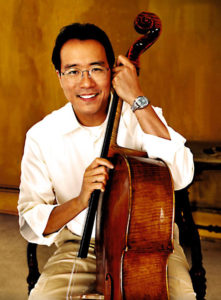

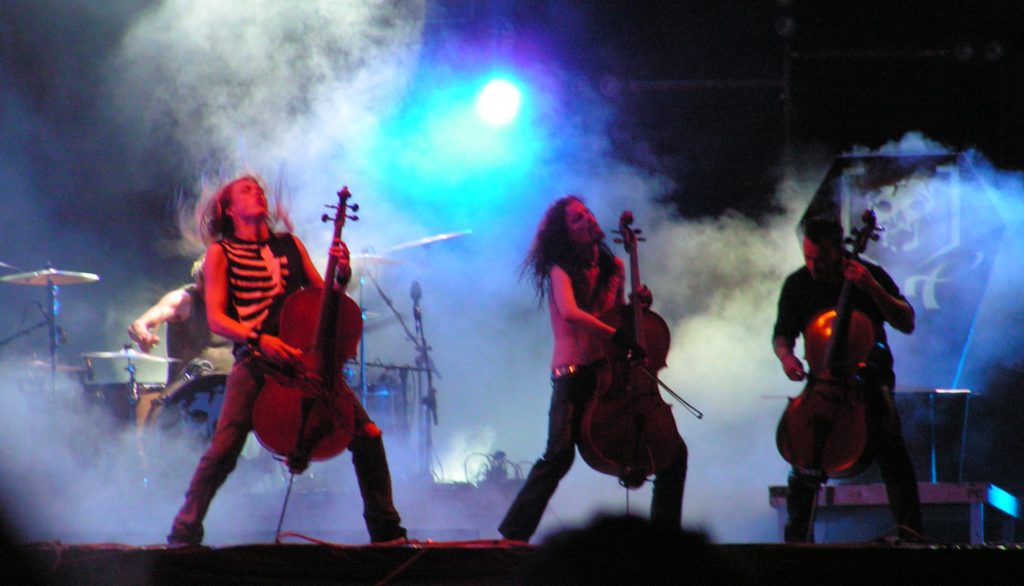


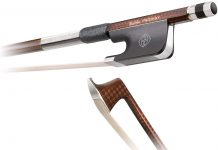



Boooooooooooooooooo
thanks for this it helped me on my project
hi,thank you i needed this for hw and rally helped!